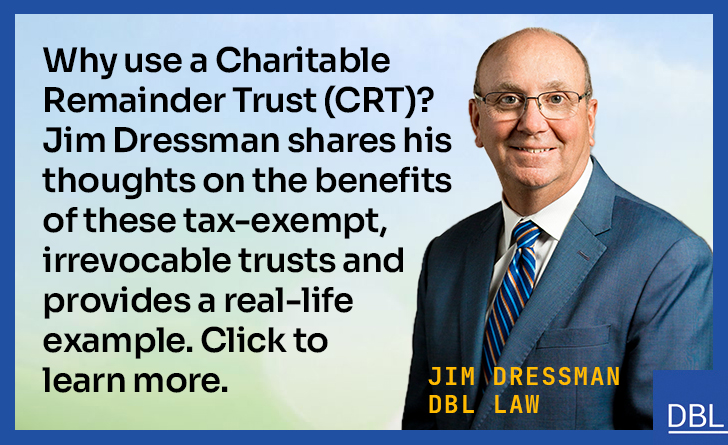The previous position of the IRS with respect to indirect rollovers changed late last year effective January 1, 2015.
An IRA “rollover” is when you withdraw cash or other assets from an eligible retirement plan and contribute all or part of it to another eligible retirement plan. Under federal tax laws, an “indirect rollover” occurs if an amount is distributed to an individual from an eligible retirement plan and that amount is rolled over into another eligible retirement plan within 60 days. On the contrary, a “direct rollover” refers to when the IRA owner directs the trustee or custodian to make a direct transfer of assets from one eligible retirement plan to another, without the owner having actual access to the assets.
The number of direct rollovers is generally not limited between eligible retirement plans. However, federal tax laws allow for only one indirect rollover between IRAs in any 12-month period. That one year period begins on the date of distribution, rather than the date on which the assets are rolled into the other IRA. Prior to 2015, the IRS guidance indicated that the once per year limit applied to each IRA, rather than to each individual.
Why the difference between limitation of indirect and direct rollovers? In the case of a direct rollover, the IRA owner never has use of the money. When a plan owner does an indirect rollover, however, they have availability to make use of the funds for up to 60 days. If the owner were to setup multiple IRAs and make sequential indirect rollovers that were not limited by the IRS, the owner may have use of IRA assets indefinitely and avoid any taxes or penalties normally attributable to a distribution or prohibited loan. Realizing that there may be room for abuse, the IRS changed its position in 2014, which has now taken effect as of January 1, 2015. The once per year limit on indirect rollovers now applies on an aggregate basis to the individual, rather than to each IRA of the individual. Thus, an indirect rollover from any IRA to another eligible IRA will prevent a nontaxable indirect rollover between any IRAs of that individual for a 12-month period.
The IRS has provided a somewhat favorable transition rule. An IRA distribution that was made in 2014 and is indirectly rolled over to another IRA in 2014 is disregarded for purposes of the IRA owner’s ability to indirectly rollover a 2015 IRA distribution, as long as the IRA which makes the 2015 distribution is not the same IRA which made or received the indirect IRA rollover from a 2014 distribution. A distribution that is made from two different styles of IRA, for example a traditional to a Roth IRA, does not count against the 12-month limitation, but an indirect rollover between similar IRA types does count against the limit.
So what should you expect if you want to make a rollover in 2015? Again, it all depends upon the type of rollover, the timing of the distribution, as well as the type of IRA that makes the distribution and is receiving the rollover. Is there more you need to know? Call DBL.
Find more information here on the IRS Website.
Jim Dressman is a Partner in the law firm of Dressman Benzinger LaVelle, with offices in Cincinnati, Ohio, Crestview Hills, Kentucky, and Louisville, Kentucky.


